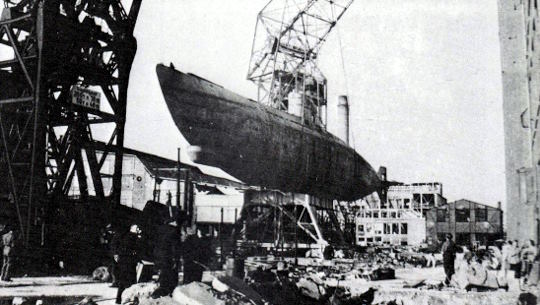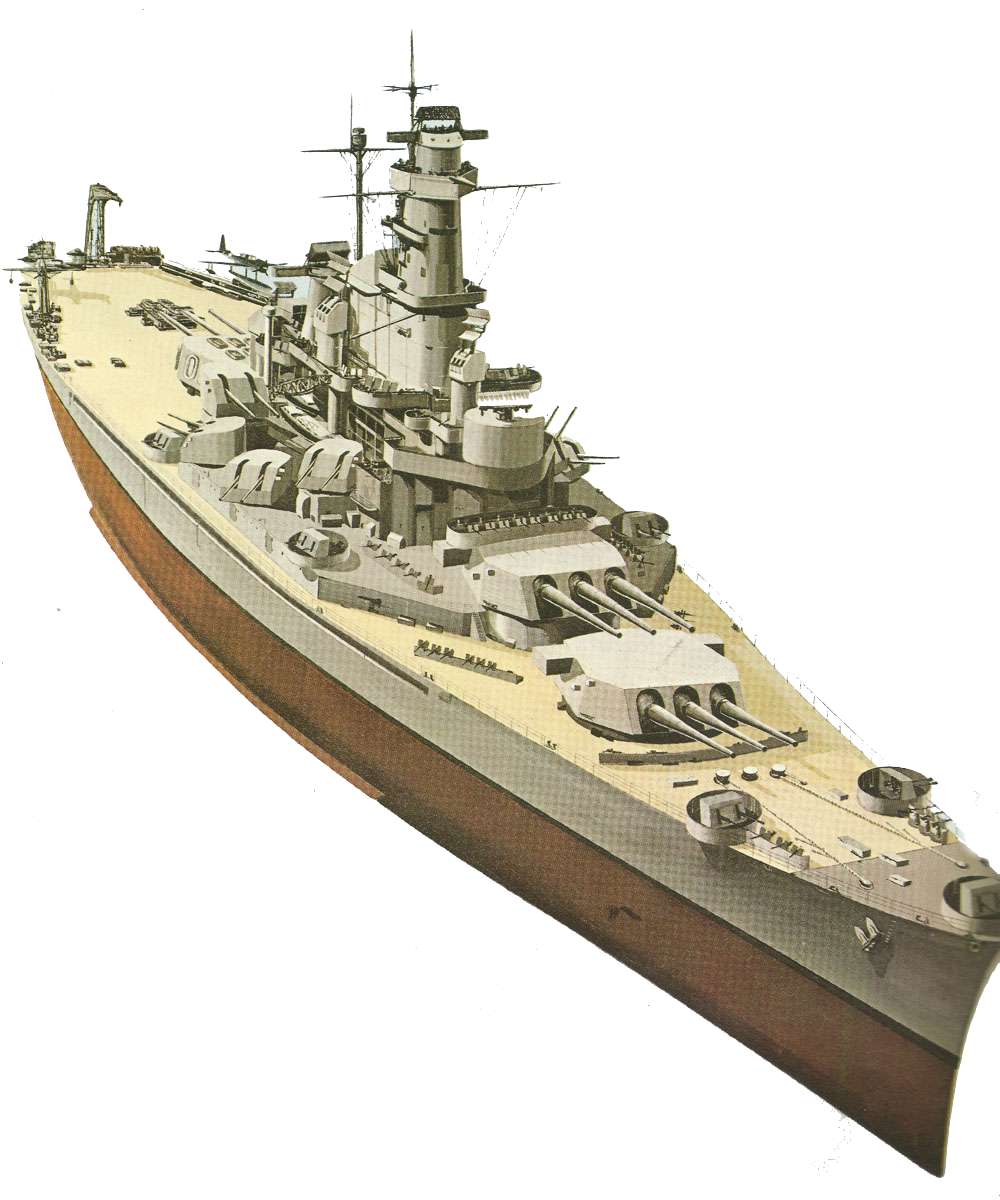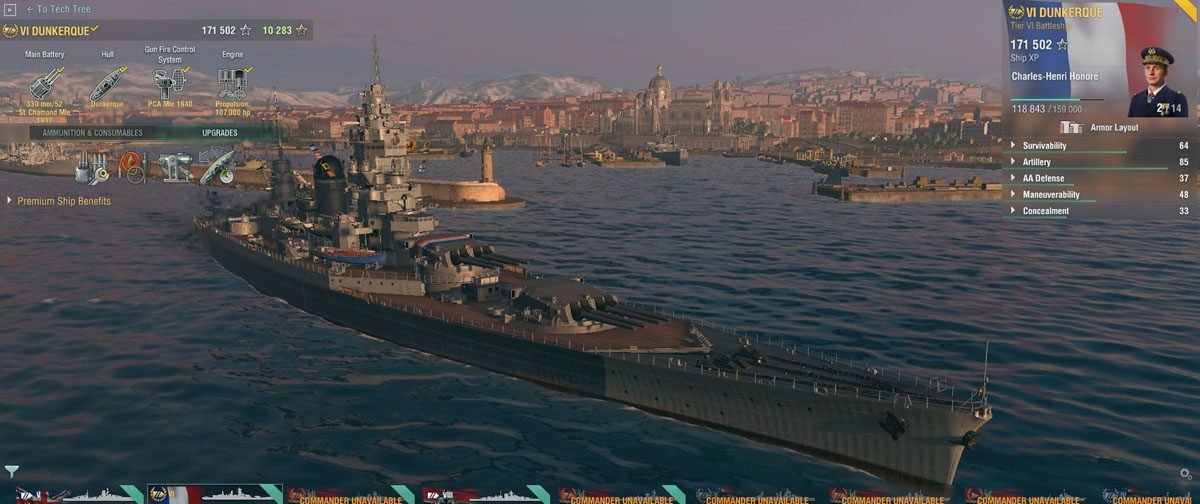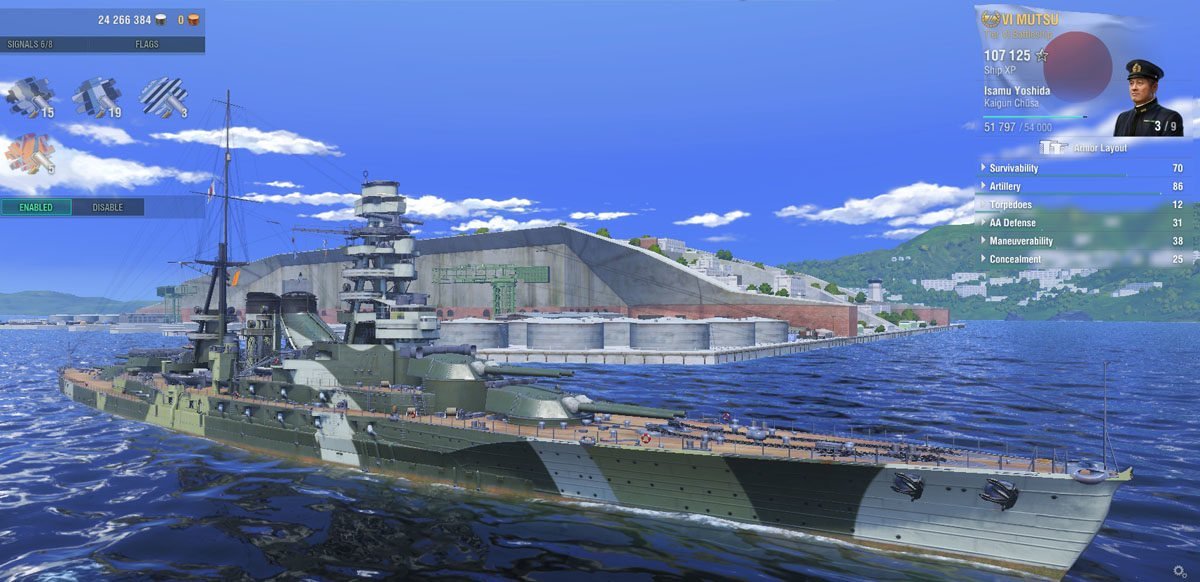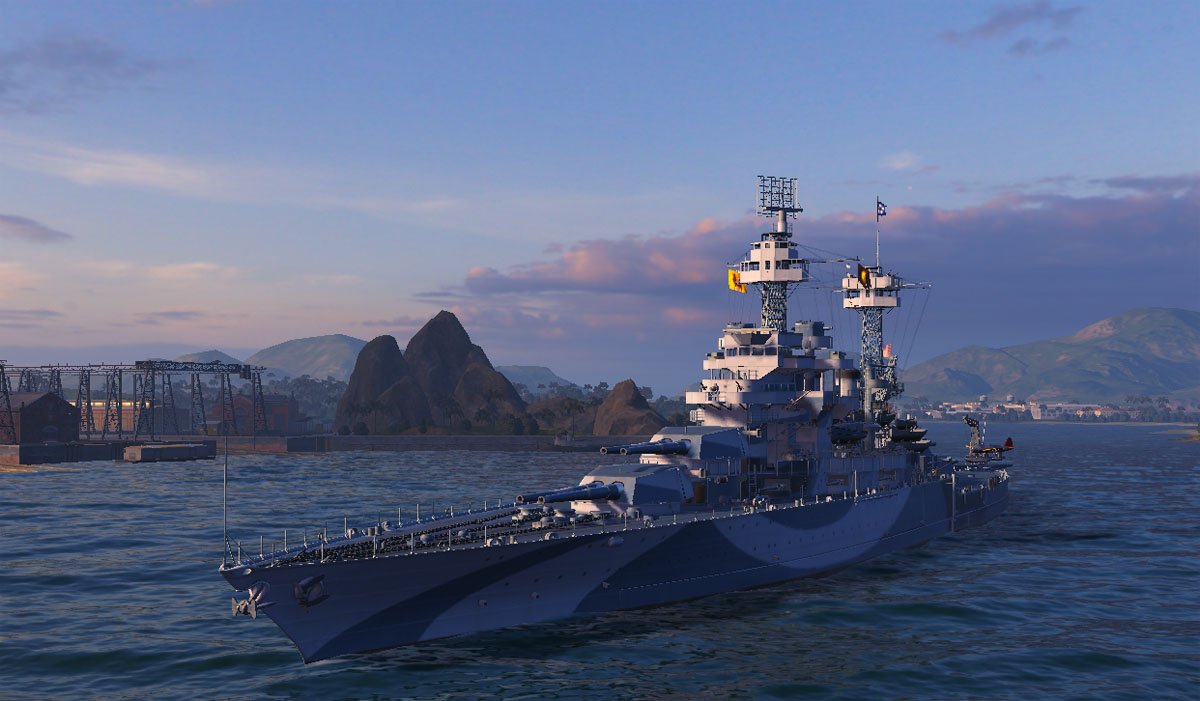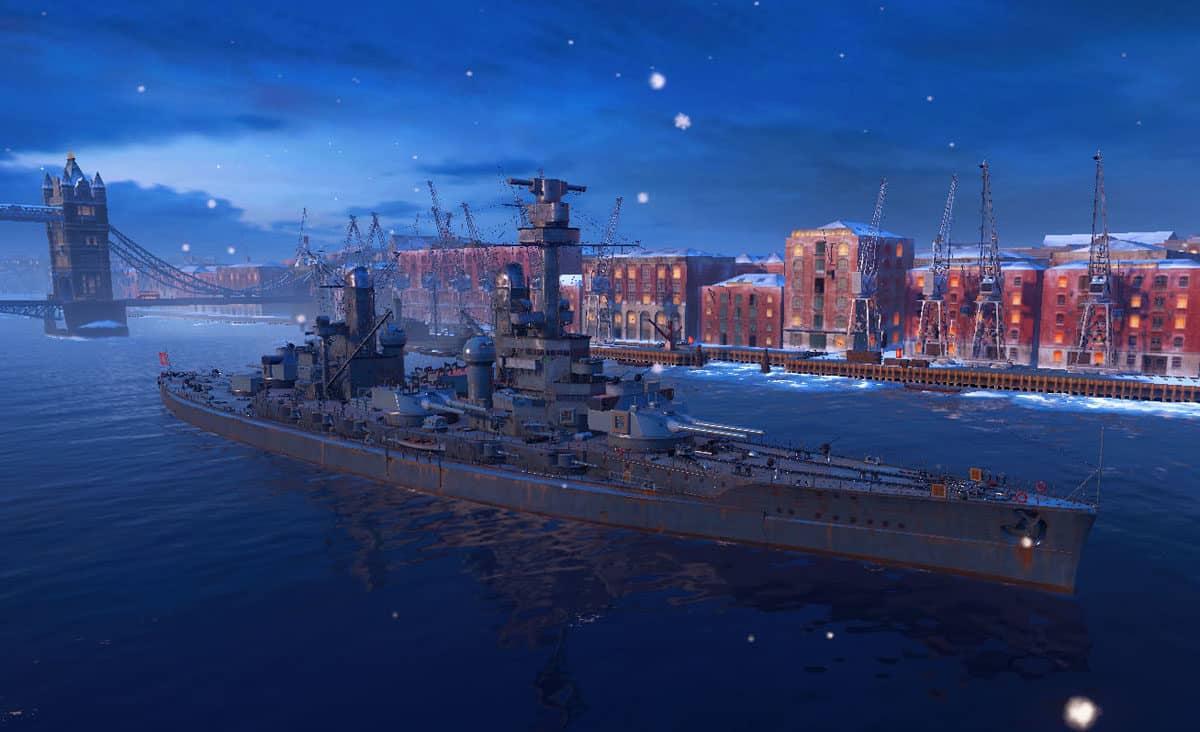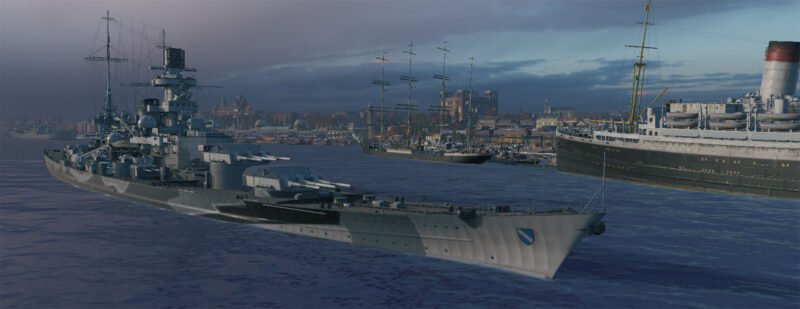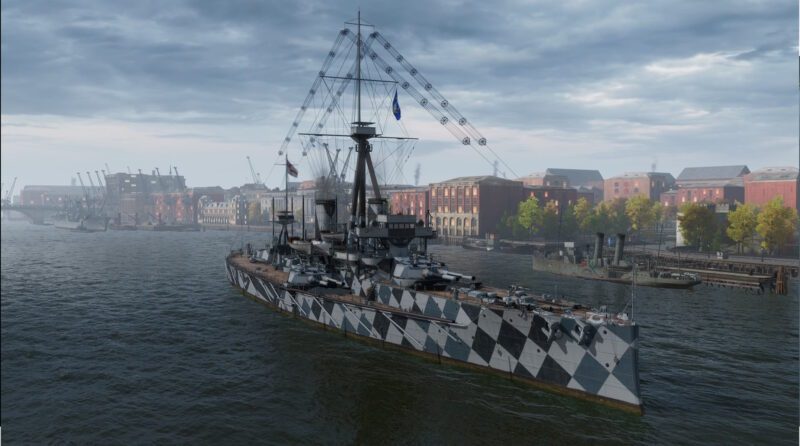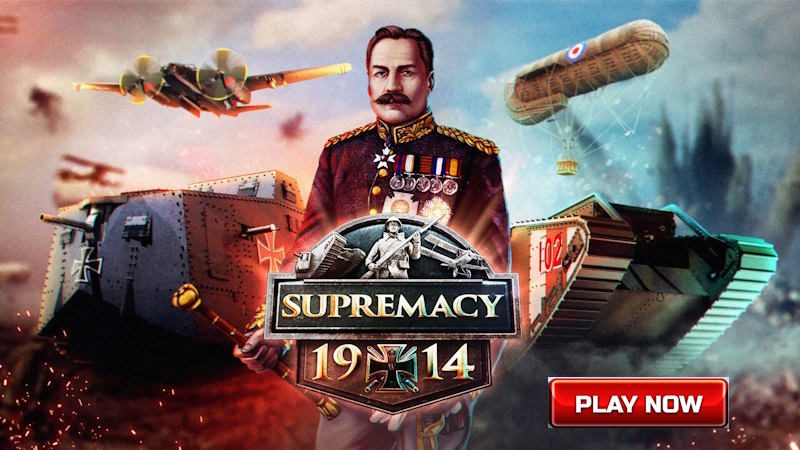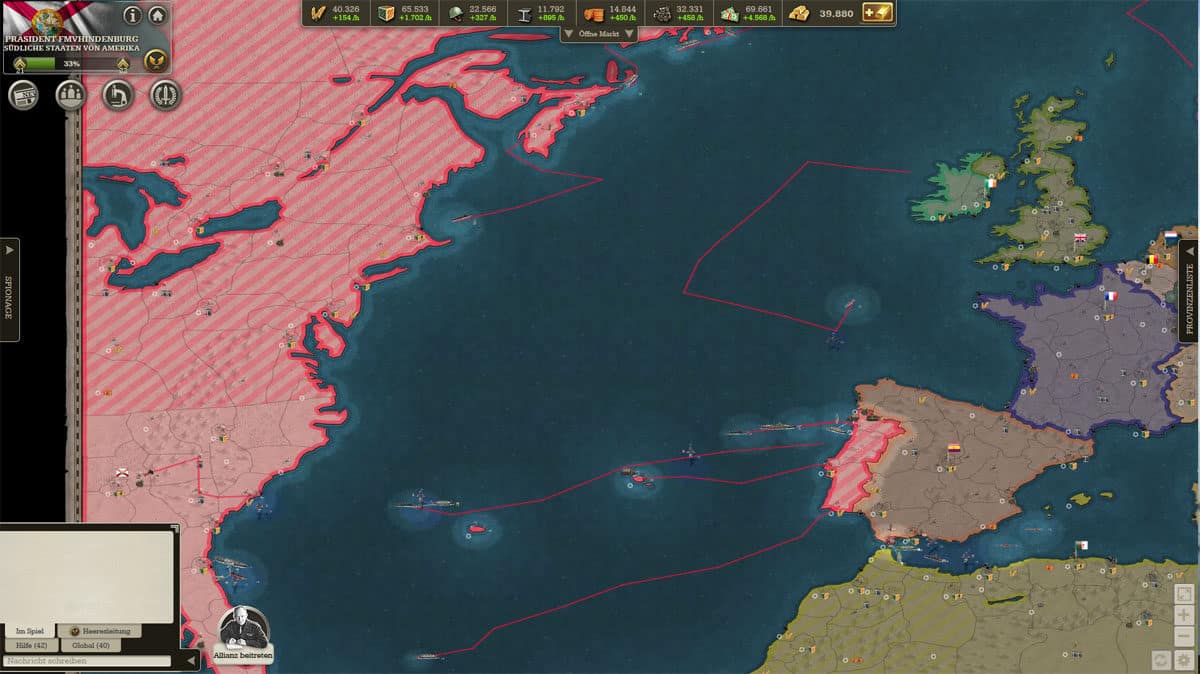German submarines with Walter propulsion: Type XVII, Type XXII and Type XXVI.
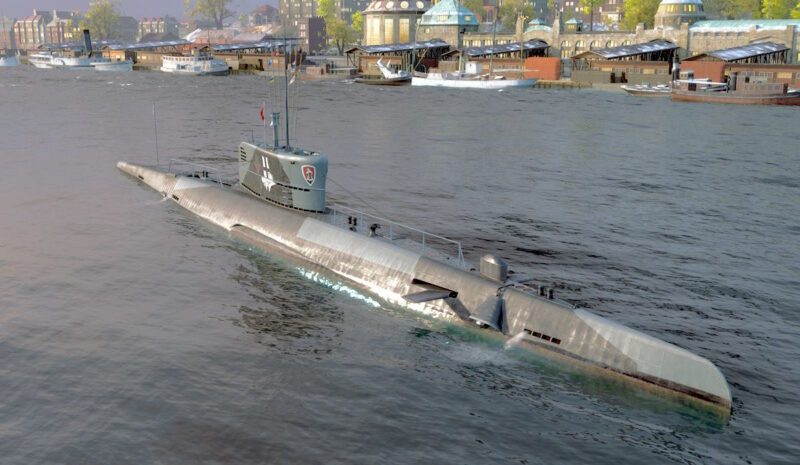
German U-boats with Walter propulsion
Table of Contents
The German defeat in the Battle of the Atlantic was so dramatic that in May 1943 several convoys – including SC-122 and HX-229 – reached Britain without any losses, while the escort ships were able to sink six German Type VII U-boats en route. This was also the first month of the war in which more U-boats than cargo ships were sunk in the North Atlantic.
In April 1943, the German U-boats were still able to sink 245,000 GRT with 15 U-boats lost. In May, the sinking result fell to 165,000 GRT, while 40 U-boats were sunk. After this shock for the German submarine force, the tonnage sunk fell to just 18,000 GRT in June, while 17 U-boats were still sunk. In July, with 123,000 GRT of merchant tonnage sunk, another 37 German U-boats were sunk.
Admiral Karl Dönitz now had no choice but to withdraw the U-boats from the battle in the Atlantic until the German submarine weaponry could be modernised, under enormous time pressure.
The first measures included the introduction of acoustic torpedoes and the ‘snorkel’, with the help of which the diesel propulsion of the conventional submarines could still be operated at submarine depth.
The Walter propulsion
However, the most promising alternative to the previous submarines was a type of engine with a closed circuit. The most advanced development in this direction was the turbine designed by Professor Walter, which had already been installed in the V 80 test boat in 1940.
The system was based on the decomposition of a high concentration of hydro-hydrogen peroxide (perhydrol) in a catalyst chamber into oxygen and vapour. The oxygen was then used to ignite diesel oil, which was mixed with it, and the pressurised gas mixture could drive a turbine. An underwater speed of up to 25 knots could be expected.
The greatest difficulties lay in the production and storage of the hydrogen peroxide, which decomposes at the slightest impurity. V 80, a small submarine weighing only 80 tonnes, was designed to test the feasibility of the system.
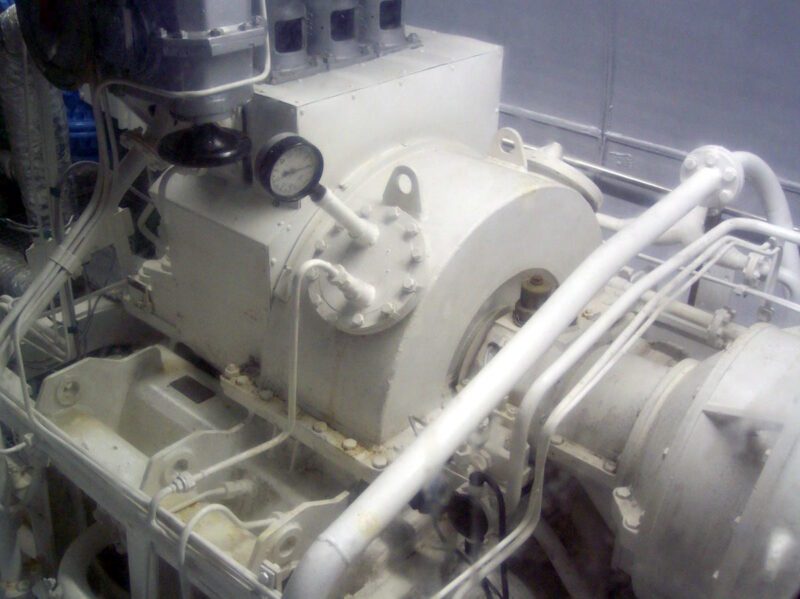
A larger design, based on a Type VIIC hull, bore the number V 300 (later U-791) and had torpedo tubes. This boat was never completed and was scrapped in 1944.
Another design, V 301, was based on a new hull form, but never made it past the drawing board.
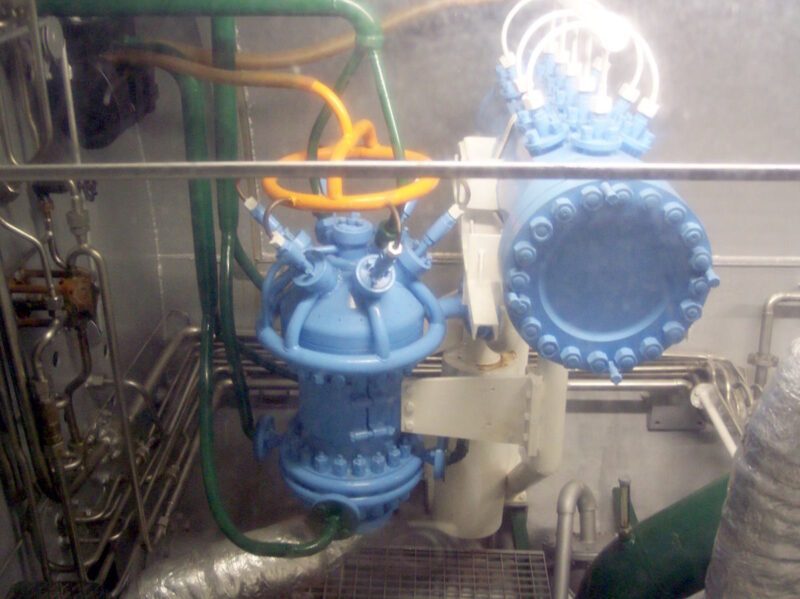
Type XVII
The trials with U-791 led to the next stage, the construction of four small Type XVIIA submarines, which were launched in 1943. These were coastal submarines and were initially used to test the system. Nevertheless, it was hoped that they would later also be operational. They were equipped with bow torpedo tubes as armament. The boats had a shaft with two Walter geared turbines, which were hoped to achieve an underwater speed of around 26 knots. They also had a diesel-electric drive for normal operation.

Following strong demands from the submarine command, two variants, the Types XVIIB and XVIIG, were constructed. These had only one of the Walter turbines and other improvements to speed up completion, but still allowed a top speed of just over 20 knots underwater. This was still more than twice as fast as the conventional Type VII and Type IX U-boats.
The artificial rubber, which was also in short supply, proved to be the best tank lining. Ingoline was also very expensive to produce, costing about eight times as much as diesel oil. At the same time, however, it was consumed in large quantities by the turbine. As a result, the Type XVIIA boat only had a range of 80 nautical miles at maximum speed underwater.
None of the Type XVIIG boats were completed, and although four Type XXVIIA boats were built and three Type XXVIIB boats were extensively trialled and officially adopted by the Kriegsmarine, they never became operational. They were sunk by their crews at the end of the war.
U-1407 of Type XVIIB was salvaged and taken over by the Royal Navy after the end of the war, and then put into service as ‘HMS Meteorite’. The boat underwent further development trials before being scrapped in 1950.
These post-war trials in turn led to the construction of the two British Explorer-class submarines for the Royal Navy, which utilised the same propulsion technology.
Due to the slow development of the Walter turbine, the Type XVIIK was planned by the German navy during the war in order to achieve the necessary high underwater speed and to guarantee a certain immunity against air attacks. This boat was to have the hull of the type XVIIB with a closed-circuit diesel engine. Cylinders with compensated air were to give it a reasonable range. However, these required too much space and so the boats were initially built purely experimentally and had no torpedo armament. An underwater speed of around 16 knots was expected, but none of the boats were completed.
Specifications of experimental boats and Type XVII
Type: | V 80 | V 300 (U-791, unfinished) | XXVIIA (U-792 to 795) | XXVIIB (U-1405 to 1407) | XXVIIG (none build) | XXVIIK (U-798, unfinished) |
|---|---|---|---|---|---|---|
Dispalcement (surfaced / submerged) | 80 tons | 655 / 725 tons | 236 / 259 tons | 312 / 357 tons | ? | ? |
Length | 85.3 ft (26 m) | 171 ft (52.1 m) | 111.5 ft (34 m) | 136.15 ft (41.5 m) | 129.6 ft (39.5 m) | 133.5 ft (40.7 m) |
Beam | 8.5 ft (2.6 m) | 13 ft (4 m) | 11.15 ft (3.4 m) | 11.15 ft (3.4 m) | 11.15 ft (3.4 m) | 11.15 ft (3.4 m) |
Draught (High) | 23.8 ft (7.25 m) | 59 ft (18 m) | 49.2 ft (15 m) | 46 ft (14 m) | 46 ft (14 m) | 52.5 ft (16 m) |
Speed (surfaced / submerged) | ? / 28.1 kn | ? / 19 kn (planned) | ? / 26 kn | 8 / 21,5 kn | ? / 21,5 kn (planned) | 14 / 16 kn |
Fuel | ? | 98 tons Perhydrol | 40 tons Perhydrol; 14 tons O.F. | 55 tons Perhydrol; 20 tons O.F. | 55 tons Perhydrol | 55 tons Ingolin; 26 tons O.F. |
Range | ? | 205 nm at 19 kn | 80 nm at 26 kn | 114 nm at 20 kn | ? | 114 nm at 20 kn |
Torpedo tubes | - | 2 now (6 torpedos) | 2 bow (4 torpedos) | 2 bow (4 torpedos) | 2 bow (4 torpedos) | - |
Dönitz was aware of these problems, and so at a meeting with Adolf Hitler in July 1943 he announced an interim solution: an electric submarine that would bridge the gap between the old boats, which had been equipped with snorkels in the meantime, and the new Type XVII: the Type XXI U-boat, which was actually still being built in large numbers and was conventionally powered, but had an optimised and streamlined hull that considerably reduced water resistance and had very large batteries for an underwater speed of 16 knots.
A version of the Type XXI ocean-going submarine with Walter propulsion was planned as the Type XVIII.
Type XXII
The Type XXII submarine was the smaller coastal submarine variant of the Type XVII. It was intended to be a high-speed coastal submarine that could operate under water for long periods of time.
The most important features of the Type XXII submarine included
High speed: The Type XXII was designed to be one of the fastest submarines of its time. It could reach a speed of over 20 knots underwater, which was significantly faster than previous submarine designs.
Electric hybrid propulsion: It had an innovative propulsion system that combined a diesel-electric drive for travelling on the surface with a battery-electric drive for underwater operation. This enabled low-noise underwater operation over longer periods of time. The electric motor was to be used for underwater crawling, while a diesel engine was planned for surface travel. The main drive for fast underwater travel consisted of just one Walter turbine.
Small size: The Type XXII was relatively small compared to other submarines, with a length of around 27 metres and a displacement of only around 155 tonnes. Due to its compact size – among other things, it had no turret or guns – it was well suited for use in coastal areas. A crew of twelve was planned.
An order for 36 boats was placed in July 1943, but this was already withdrawn in November in favour of the Type XXI boats and the Type XXIII coastal variant.
Type XXVI
The Type XXVI was a German submarine class that was planned towards the end of the Second World War. As an ocean-going submarine with a propulsion system designed by Walter, this project represented the pinnacle of German submarine design at the time. Although several boats of this type went into production, their development was halted in the final days of the war and ultimately none were completed.
This submarine belonged to a new generation of submarines that were designed as highly effective and fast attack boats. The concept presented by the Kiel-based family business envisaged utilising the innovative Walter propulsion system, which promised significant advantages over conventional diesel-electric submarines in terms of underwater speed and range.
Furthermore, this ambitious project was a strategic reorientation of German naval warfare, aimed at extending its operational range and posing a significant threat to Allied shipping. Despite their fascinating potential, the Type XXVI submarines remain a historical footnote. They never had the chance to influence naval warfare or join the long list of German submarine types deployed during the Second World War.
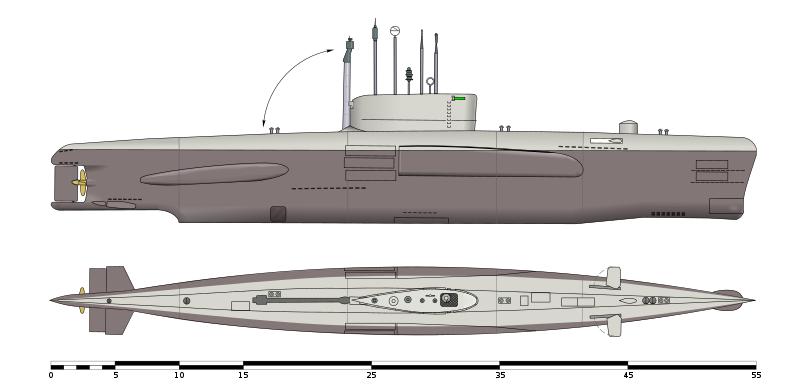
Development and specifications
The transition from the earlier U-boat models to the Type XXVI represented a quantum leap in underwater warfare technology and combat capability, with an emphasis on greater range, speed and firepower.
The development of the German submarines:
The Type XXVI was a further development of the highly successful Type XXI/XXIII submarine and reflected the rapid advances in German submarine technology during the Second World War. Unlike the earlier Type VII, which formed the backbone of the Kriegsmarine in the early years of the war, the Type XXVI was designed to offer even higher underwater speeds and better underwater endurance. This development was proof of the advanced technology of the German shipbuilding industry, which included renowned companies such as Blohm & Voss and the Howaldtswerke in Hamburg and Kiel.
Design and features of the Type XXVI:
The Type XXVI was designed as a full streamlined submarine that could reach high underwater speeds. Propulsion was provided by a Walter turbine, in addition to diesel engines for surface propulsion and electric motors for creep speed. With a larger displacement than the Type II, XVII or XXII, but with the aim of operating more efficiently, the Type XXVI had a hull that allowed for better manoeuvrability and speed underwater.
Technical innovations and armament:
This advanced submarine had considerable firepower with multiple torpedo tubes capable of firing an effective torpedo salvo. The emphasis was on underwater combat, and the specifications called for a significant number of torpedoes to be carried on board to ensure that the Type XXVI could conduct prolonged engagements or multiple attack runs.
As the Walther propulsion system in the stern of the boat precluded stern torpedoes, the Type XXVI was designed with six side torpedo tubes located at the level below the conning tower and directed aft at an angle. Reserve torpedoes were not planned so that no cumbersome loading of the torpedo tubes was necessary.
In terms of propulsion, both a diesel engine and an electric engine were used to enable a long range and efficient underwater operation. The orders for these submarines indicated a clear intention to upgrade the submarine fleet with these advanced vessels, although the end of the war meant that none of the submarines were completed and deployed.
Operational history and consequences
In mid-1944, an order was placed for 100 Type XXVI boats, which were to be built in series from May 1945. The planned construction time using the section method (as already trialled for the Type XXI) was 21 weeks. By the end of the war, however, only the first sections for U-4501 to U-4504 were under construction at Blohm&Voss in Hamburg.
Although the Type XXVI submarines were never deployed, they were seen as advanced submarines with potentially significant implications for naval warfare during the Second World War and beyond.
Strategies for deployment:
The deployment of the Type XXVI submarines was planned by the Kriegsmarine to strengthen its undersea warfare capabilities. In contrast to the Type XXI submarines already built, which were already characterised by their increased underwater speed and innovative batteries, the Type XXVI was designed for missions that required even greater underwater endurance and speed. These boats were primarily intended for use in the Atlantic.
Role in the Second World War:
Although none of the Type XXVI submarines were completed before the end of World War II, the transition from earlier models such as the Type XXI to the Type XXVI reflected the Kriegsmarine’s continuing evolution in submarine design and combat tactics. The development of these boats was part of Germany’s strategic efforts to dominate underwater warfare and disrupt Allied supply lines across the Atlantic. The Type XXVI submarines, which included the unfinished U-4501 that was under construction in Hamburg at the end of the war, were an ambitious step towards enlarging and strengthening the Kriegsmarine’s submarine fleet.
The legacy of the post-war period:
After the war, the legacy of German submarines, which included both completed models such as the Type XXI and the unfinished Type XXVI, influenced the development of submarines worldwide. While the operational and combat capabilities of the Type XXVI had not yet been tested, the predicted high underwater speed and design innovations were remarkable. The knowledge gained from these submarine models steered post-war designs towards greater underwater efficiency and autonomy and set new standards for future submarines.
Since after the Second World War the emphasis in the tactical use of submarines shifted from fast and at the same time noisy boats to much slower, but difficult to detect and almost silent boats, the Walter propulsion system was never built or used in series production.
Type XXII and XXVI specifications
Type: | XXII (none build) | XXVI (U-4501 to 4504 construction started) |
|---|---|---|
Displacement | 155 tons | ? |
Length | 88.9 ft (27.1 m) | ? |
Beam | 9.8 ft (3 m) | ? |
Draught (High) | 13.8 ft (4.2 m) | ? |
Speed (surfaced / submerged) | 7 / 20.1 kn (Creep speed 5 kn) | ? / 23 kn |
Power (surfaced / submerged) | 210 hp (Diesel) / 1,750 hp (Walter); 77 hp (E-engine) | ? |
Torpedo tubes | 2 bow, 1 stern (on the top deck) | 4 bow, 2 x 3 in stern direction at the height of the tower (none reserve torpedoes) |
U-4501 of Type XXVI in WoWs
The never completed Type XXVI submarine U-4501 with Walter drive is a premium ship in the game ‘World of Warships’ (either for the playable resource ‘coal’ in the ‘armoury’ or for real money in the shop) and can also be used in action there.
Here is a video of a mission with four sinking successes:
U-4501 has a much higher underwater speed than surfaced, so it should be used primarily in submerged condition from depths of 30 metres. It should only operate at periscope depth if it is able to visual see torpedo targets, as it is then much slower. Surface travel should only be used to recharge the dive batteries, but this can be done very quickly with this boat.
Due to its four reloadable bow torpedo tubes and three torpedo tubes pointing to the rear left and rear right respectively, the tactic of firing the bow torpedoes at a target first, turning and then sending the stern torpedoes after them is also recommended. This confuses the enemy submarine defence, which has a false idea of the current position of the submarine due to the rotation.
U-4501 can also be repaired when travelling above water, which in the author’s experience makes it the submarine with the best chances of survival in WoWs.
My U-4501 has the following equipment:
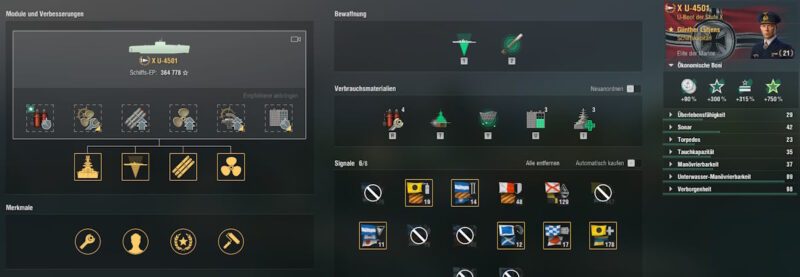
The captain’s skills (elite captain Günther Lütjens):
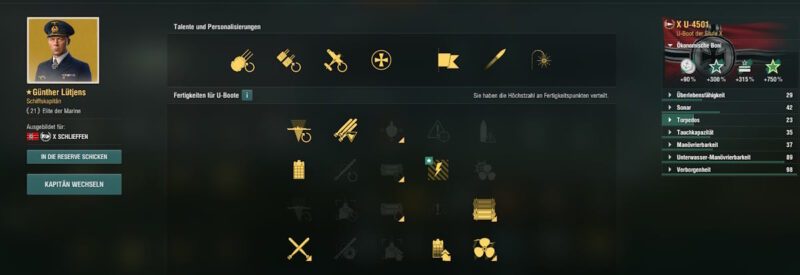
If you are new to World of Warships, you can download the free game client here:
You will receive the following bonus if you register via the link:
The US cruiser St Louis (rank III) and German light cruiser Emden (rank II), 7 days premium time, 200 doubloons, 20 special camouflage and 2.5 million credits in-game currency.
More about World of Warships
References and literature
U-Boote seit 1919 (Antony Preston, John Batchelor)
Fighting Ships of the World (Antony Preston)
Kriegsmarine U-boats 1939-45 (2) (Gordon Williamson)
War Machine No 62 (Orbis Publication)




